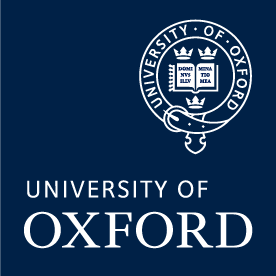Clinical features of hypertrophic cardiomyopathy caused by mutation of a "hot spot" in the alpha-tropomyosin gene.
Coviello DA., Maron BJ., Spirito P., Watkins H., Vosberg HP., Thierfelder L., Schoen FJ., Seidman JG., Seidman CE.
OBJECTIVES: We studied the clinical and genetic features of familial hypertrophic cardiomyopathy (FHC) caused by an Asp175Asn mutation in the alpha-tropomyosin gene in affected subjects from three unrelated families. BACKGROUND: Correlation of genotype and phenotype has provided important information in FHC caused by beta-cardiac myosin and cardiac troponin T mutations. Comparable analyses of hypertrophic cardiomyopathy caused by alpha-tropomyosin mutations have been hampered by the rarity of these genetic defects. METHODS: The haplotypes of three kindreds with FHC due to an alpha-tropomyosin gene mutation, Asp175Asn, were analyzed. The cardiac histopathologic findings of this mutation are reported. Distribution of left ventricular hypertrophy in affected members was assessed by two-dimensional echocardiography, and patient survival rates were compared. RESULTS: Genetic studies defined unique haplotypes in the three families, demonstrating that independent mutations caused the disease in each. The Asp175Asn mutation caused cardiac histopathologic findings of myocyte hypertrophy, disarray and replacement fibrosis. The severity and distribution of left ventricular hypertrophy varied considerably in affected members from the three families (mean maximal wall thickness +/- SD: 24 +/- 4.5 mm in anterior septum of Family DT; 15 +/- 2.7 mm in anterior septum and free wall of Family DB; 18 +/- 2.1 mm in posterior septum of Family MI), but survival was comparable and favorable. CONCLUSIONS: Nucleotide residue 579 in the alpha-tropomyosin gene may have increased susceptibility to mutation. On cardiac histopathologic study, defects in this sarcomere thin filament component are indistinguishable from other genetic etiologies of hypertrophic cardiomyopathy. The Asp175Asn mutation can elicit different morphologic responses, suggesting that the hypertrophic phenotype is modulated not by genetic etiologic factors alone. In contrast, prognosis reflected genotype; near normal life expectancy is found in hypertrophic cardiomyopathy caused by the alpha-tropomyosin mutation Asp175Asn.

